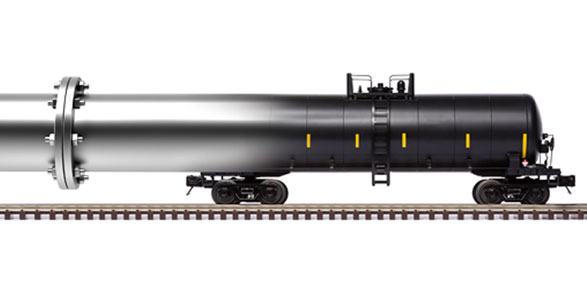Before making largely shambolic gestures using other people’s money, you should consider all the available alternatives.
oil and gas
The risks that hydraulic fracturing poses to air appear to be modest and manageable with current technologies.
Yesterday, the Alberta government unveiled its new climate change strategy, calling for a carbon tax, which represents a new tax burden on Alberta businesses and families.
On Nov. 16, the Tsawwassen First Nation announced its interest in building a liquefied natural gas (LNG) terminal on Tsawwassen reserve land, south of Vancouver.
While the numbers may sound large, in terms of how much water it takes to fracture a well, in the grand scheme of things the percentages of total water use are quite small.
According to rumour, President Obama is expected to issue the death knell for the Keystone XL pipeline before or during the Labour Day weekend.
Oil and gas pipelines are a critical piece of Canada’s energy infrastructure. In 2013, this mode of transportation moved more than 2.4 billion barrels of oil and gas. But accidents do happen as seen with the recent oil spill in Alberta where a Nexen oilsands pipeline recently ruptured.
It’s been a difficult couple of weeks for Kinder Morgan’s proposed expansion of the Trans Mountain pipeline. The Santa Barbara oil spill has irritated already-sensitive public concern about oil pipelines.
Alberta and Texas have always had a lot in common. Ranching in the 19th century. A can-do entrepreneurial approach to oil and gas in the 20th century. And in the 21st century they are still somewhat similar.

